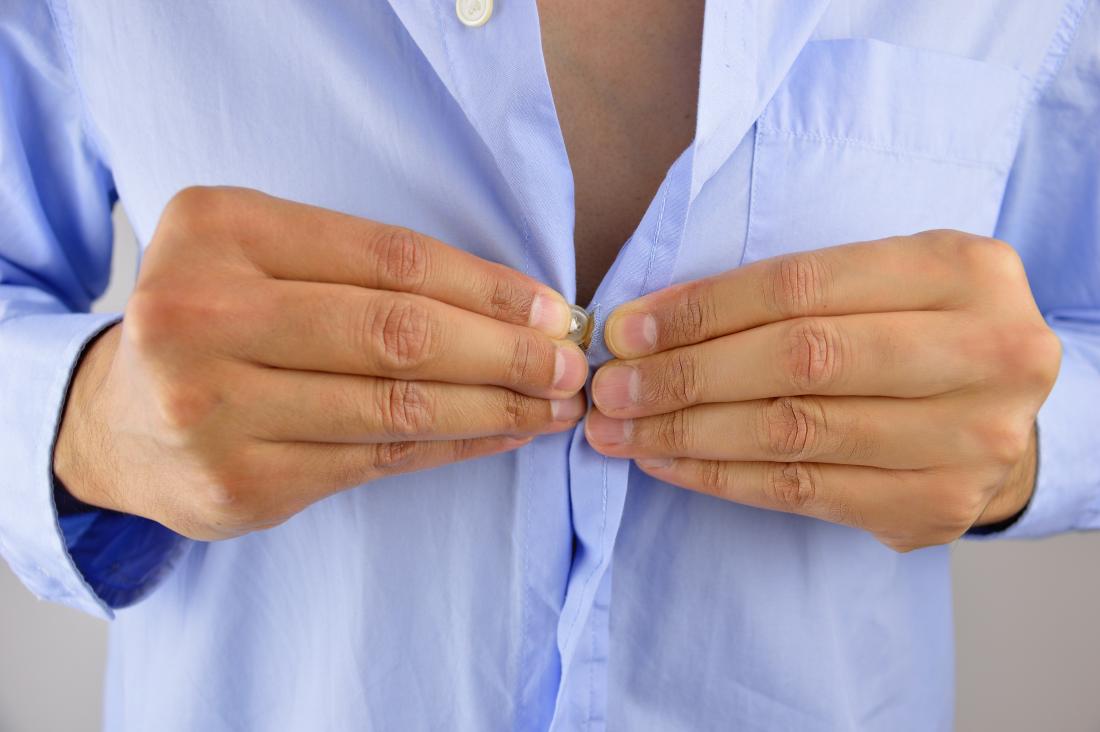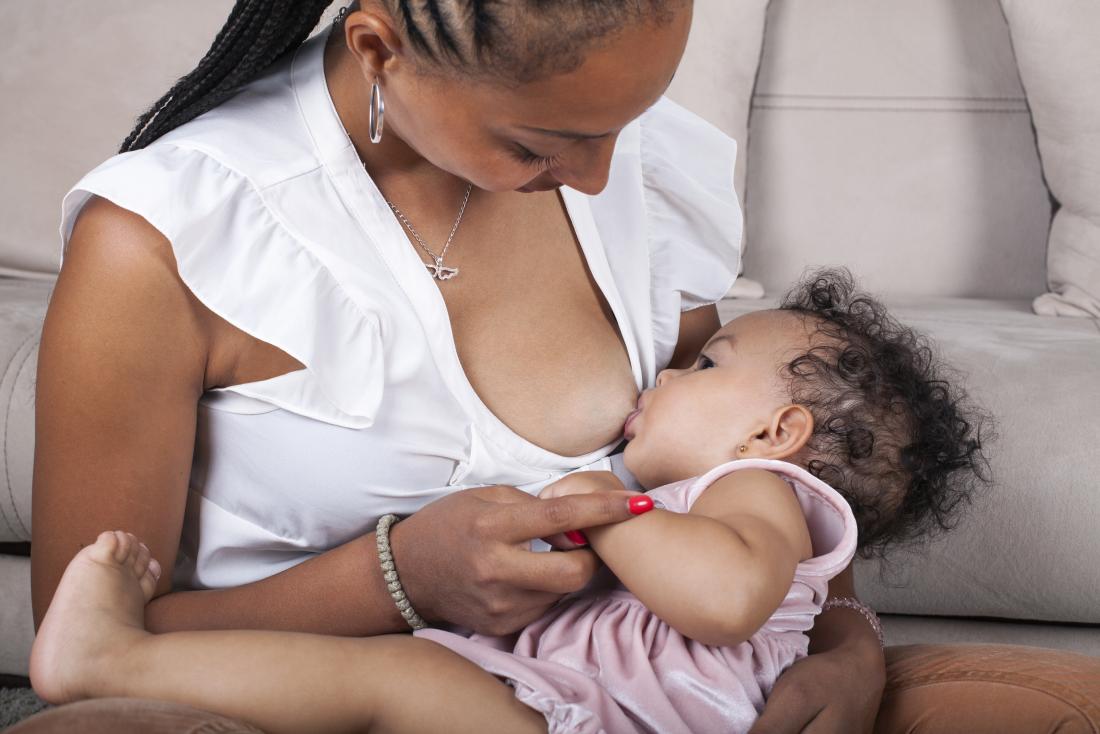Usually, the appearance of nipples makes no difference in how they function, and it poses no risks.
Some people have more than two nipples; additional nipples are called supernumerary nipples. Some people have no nipples, and doctors call this athelia.
People sometimes describe different nipple types in the context of breastfeeding. This is because certain types can be more difficult for a baby to latch onto. However, most nipple types pose no problems during breastfeeding.
According to the Office on Women’s Health (OWH), having flat, large, or inverted nipples can sometimes make it more difficult to breastfeed, though not always.
Common nipple types

There are different types of healthy nipples.
Everyone’s nipples are different.
Also, a person may notice differences in the appearance of each of their nipples. This is normal, and just another example of how each person is unique.
If the nipples are very large, inverted, or flat, a baby may have more difficulty latching onto them while breastfeeding. A medical professional can offer advice and help develop techniques to encourage the baby to latch on.
Puffy nipples: Some people’s nipples are puffy, and the areola puffs outward.
Hairy nipples: Some people’s nipples are surrounded by hair, sometimes a few strands or many hairs.
Protruding nipples: Protruding nipples stick out from the areola. The amount that the nipples protrude varies among people.
Inverted nipples: Some people’s nipples cave inward. They may protrude when they are stimulated by cold or sexual arousal, or they may stay inverted.
Flat nipples: Some people’s nipples are flat, neither protruding nor inverted.
Bumpy nipples: Some people’s nipples are bumpy, typically on the areola.
According to the Centers for Disease Control and Prevention (CDC), certain nipple-related changes can be warning symptoms of breast cancer:
- the nipples becoming painful
- the nipples discharging fluid other than breast milk
- the nipples becoming flaky
Anyone who experiences any of these changes should speak to a doctor.
Less common nipple types
The following types of nipples develop less often.
Supernumerary nipples
Some people have more than two nipples.
According to the Genetic and Rare Diseases Information Center, these additional nipples usually appear along the embryonic milk lines, which are areas of the body that are more likely to develop breast tissue.
Most of the time, a person does not need treatment for a supernumerary nipple. But, as with any nipple, if it is painful or if a person notices any changes, they should speak to a medical professional.
No nipples
A person may have no nipples at all. Doctors call this athelia.
A person with athelia may choose to have cosmetic surgery to give them the appearance of nipples. In some cases, this may involve reconstruction with skin grafts from another area of the body, such as the thighs.
During pregnancy and breastfeeding

It is common for the nipples to change during pregnancy and breastfeeding.
A baby is having difficulty latching on during breastfeeding, the OWH recommend trying to:
- Make sure that the environment is calm.
- Maintain skin-to-skin contact with the baby.
- Allow the baby to lead latching on.
- Support the baby’s head and shoulders.
- Let the breast hang naturally.
During pregnancy, the nipples and areola may become darker due to hormonal changes. Bumps on the areola—which are glands called Montgomery’s tubercles — may also grow more noticeable or otherwise change.
Toward the end of pregnancy, a woman’s breasts may leak colostrum, which is a yellow discharge and an early type of breast milk. It contains antibodies that help protect a newborn from infections.
When breastfeeding, a woman’s nipples may become sore, cracked, and change shape. The OWH recommend reducing any pain by keeping the nipples moist — either with breast milk or breastfeeding creams — and changing the way a baby latches onto the nipple.
Differences in males and females
There is very little cosmetic difference between male and female nipples. There can be significant variation from one person to the next, however.
Types of areolas
A person’s areolas can be large, small, bumpy, smooth, hairy, or hairless.
If they are painful, or if a person notices any changes, they should speak to a medical professional, as these symptoms can indicate an underlying issue.
Otherwise, areola variations are as common as variations in the rest of the nipple.
Summary
Nipples vary significantly from one person to another, and one person may have nipples of different types. All of these variations are normal.
Certain types of nipples can pose problems while breastfeeding, but medical professionals can help figure out ways to encourage a baby to latch on successfully.
If the nipples become painful or start to change, speak with a medical professional. They can determine whether any underlying issue is present and requires treatment.




